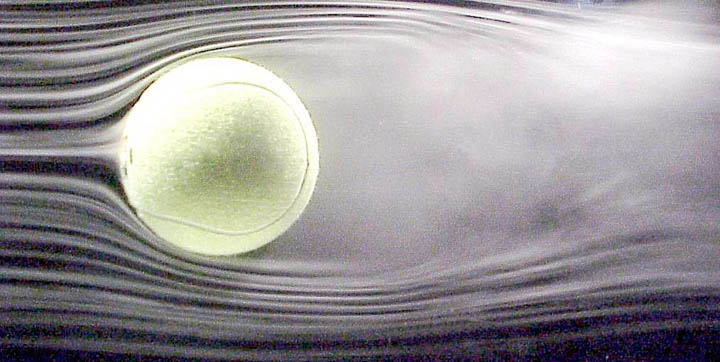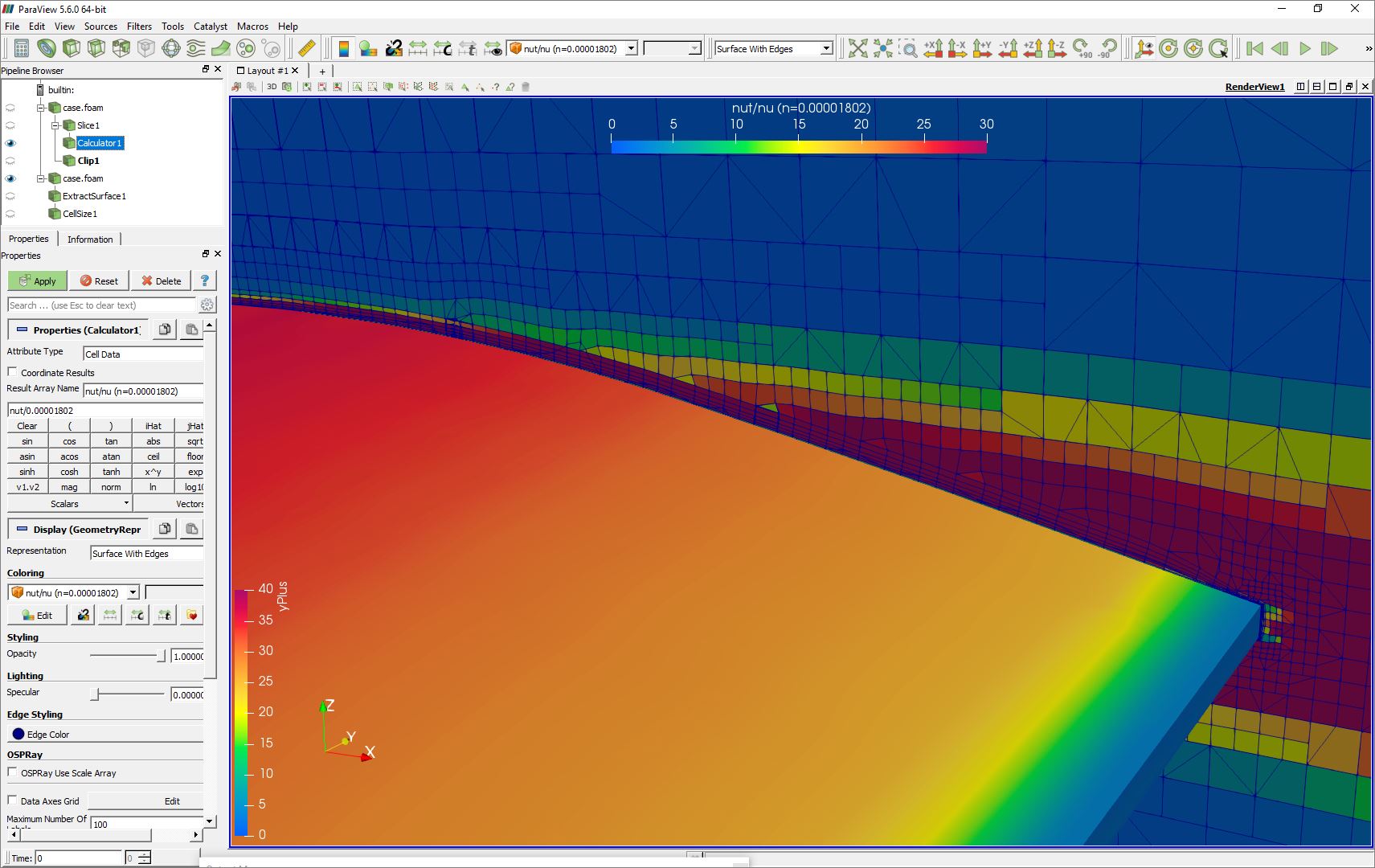
The stability of this bubble is only for a short duration. A short bubble exists when the flow Re is below 10 5 and only extends to a couple of percent along the chord. Two types of separation bubble exist, namely the short bubble and the long bubble. The separation bubble is dependent on the flow Re, the pressure distribution, the curvature of the airfoil, roughness and various other factors Gad-el-hak.

Thus, a zone in between separation and reattachment is formed, known as the separation bubble Mueller et al., and Carmichael. Thereby turbulent shear stresses energise the flow to counteract the increased adverse pressure, helping the flow to reattach. The separated flow is highly unstable, resulting in transition immediately downstream, causing the flow to become turbulent. As flow separates from the point of minimum pressure, due to the increase in adverse pressure at the leading edge, separation takes place. In the case of low Re airfoils, the resistance to separation of the boundary layer is very poor, thus resulting in a dominant adverse pressure gradient. Colossal interest is growing in the CFD study of static wing and flapping wing aerodynamics in this regime. Many of the UAV’s and MAV’s work in these Reynolds number range. Low Reynolds number flow pose a great challenge in the selection of a Turbulence model for simulation. This is an open access article distributed under the terms of the Creative Commons Attribution License, which permits unrestricted use, distribution, and reproduction in any medium, provided the original author and source are credited.ĭata Availability: All data files are available on Figshare: Boundary layer plots ( ), Cp Plots ( ), and Skin friction coefficient plots ( ).įunding: The authors are grateful to the Ministry of Science, Technology and Innovation (MOSTI), Malaysia, for providing funds through the e-science fund, grant no 04-01-04-SF2206 ( ).Ĭompeting interests: The authors have declared that no competing interests exist.

Received: NovemAccepted: ApPublished: April 22, 2016Ĭopyright: © 2016 Aftab et al. North China Electric Power University, CHINA

Citation: Aftab SMA, Mohd Rafie AS, Razak NA, Ahmad KA (2016) Turbulence Model Selection for Low Reynolds Number Flows.


 0 kommentar(er)
0 kommentar(er)
